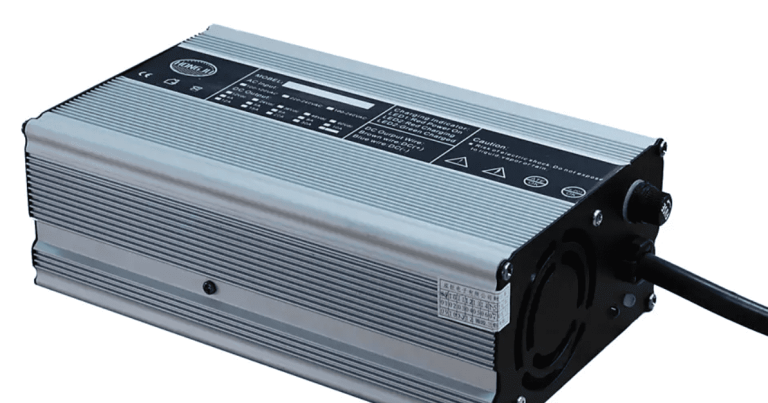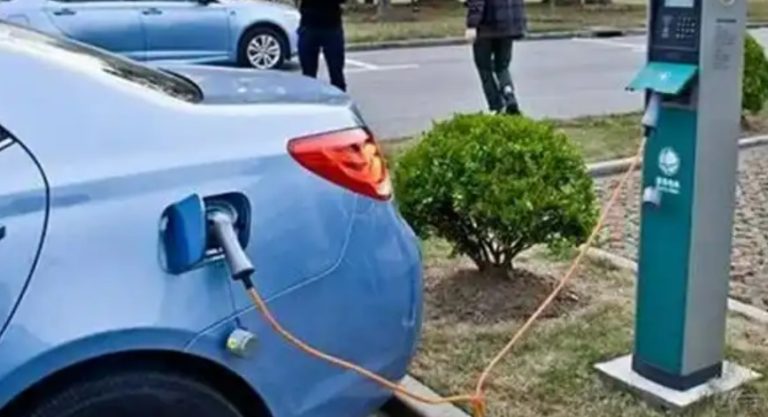Do i need a permit to install ev charger?

Do I Need a Permit to Install an EV Charger?
While regulations vary greatly by region, simple installations in private residential spaces typically have streamlined procedures, while public or commercial setups require multiple permits and strict adherence to safety and zoning regulations. Whether you need a permit to install an EV charger largely depends on the location, size, and purpose of the deployment.
Residential Installations: Streamlined for Homeowners
For individuals installing a charger on their private property, such as a owned garage or dedicated parking space, the process is typically straightforward. In many areas, like Xinjiang’s guidelines, individuals installing non-operational charging facilities in personal garages or spaces do not require project filing or construction permits. Similarly, adding such infrastructure to already developed residential plots doesn’t necessitate separate construction planning permits or engineering construction licenses. The core requirement here is obtaining formal consent from the property management company. This often involves submitting a formal application, a proposed construction plan outlining the wiring path and grounding method, and a safety commitment letter. The property management will then verify if the plan meets fire safety standards, such as specifying the flame retardant grade of cables and the protection level of the distribution box, before issuing a consent letter, usually within 3-5 working days. Furthermore, even without a formal permit, a crucial and mandatory step is applying for a dedicated electric meter through the local power supply company. This requires submitting documents like your ID, proof of parking space ownership or lease, the property management’s consent letter, and proof of new energy vehicle purchase (invoice or registration certificate).
Commercial and Public Installations: Navigating Complex Regulations
Installing chargers in public areas, commercial spaces, or for operational purposes introduces a more complex web of regulatory requirements. If the project involves newly expropriated land for building centralized charging infrastructure, it must follow formal procedures to obtain a construction land planning permit, construction engineering planning permit, and construction permit. The initial step usually involves project filing with the local development and reform department. For commercial charging stations, this requires submitting a detailed application, including a project feasibility study report, to obtain a project filing certificate. Operators also need to register with the industry and commerce department for a business license that clearly includes the scope of electric vehicle charging facility construction and operation. Additional permits, such as a construction land planning permit and a construction engineering planning permit, must be acquired from the natural resources and planning departments. If the construction involves temporary road occupation, cable trench excavation, or public green space usage, separate applications for road occupation, excavation, and green space occupation permits are necessary, following urban infrastructure construction management protocols.
The Critical Role of Professional Electrical Expertise
Regardless of the location, a non-negotiable aspect of EV charger installation is the involvement of qualified professionals. Charger installation involves working with high-voltage circuits and complex wiring, making it imperative to hire a licensed electrician. They possess the skills to accurately identify circuit phases, determine cable load capacity (e.g., selecting copper core cables of 6mm² or larger based on the charger‘s power rating), and ensure the grounding system is properly connected with a resistance of 4Ω or less. Licensed electricians are also trained to interpret equipment electrical schematic diagrams and correctly install and debug intelligent modules like leakage protectors and metering chips, ensuring all safety features function as intended. Most jurisdictions mandate that electricians working on these installations hold a valid Low Voltage Electrician Certificate. For tasks involving welding or working at heights above 2 meters during the installation process, additional special operation certificates, such as a Welding Certificate or a Height Operation Certificate, are required. Attempting a DIY installation or hiring unlicensed personnel not only violates electrical safety regulations but also dramatically increases the risk of fires, equipment damage, and electrocution due to errors like incorrect live/neutral wire connections, omitted grounding lines, or the use of undersized or substandard cables.
Safety, Compliance, and Inspection Protocols
Safety is the fundamental driver behind permit and regulatory requirements. All installations must adhere to stringent electrical and fire safety standards. This includes ensuring the charger itself has over-current, over-voltage, and leakage protection functions, and that the distribution box is equipped with a 30mA leakage circuit breaker. For installations in underground garages, additional fire safety measures like smoke alarms and fire extinguishers are often required, and all cables must be flame-retardant. Upon completion, the installation must pass a rigorous acceptance inspection. This inspection checks that the grounding resistance is ≤4Ω, the phase voltage is 220V±10%, and the line voltage is 380V±10%. Crucially, it also involves simulating a leakage scenario to verify that the circuit breaker cuts off the power within 0.1 seconds. The final step is to ensure all functional tests of the charger itself, such as start-stop control and status feedback via its app, are successful. It is essential to keep all completion documents, including the Grounding Resistance Test Report and the Electrical System Diagram, and submit them to the property management and power supply department for filing.
Navigating Regional Variations and Special Cases
It’s critical to understand that location-specific requirements may vary. For example, homeowner associations (HOAs), heritage buildings, and rural installations may be subject to special regulations in some areas. For instance, you can use homestead use proof in place of a typical property right certificate for rural self-built homes, but you still need to use a TN-S grounding system and make sure the grounding resistance is ≤4Ω. Before making an equipment purchase or beginning installation, it is always best to get advice from your local power supply company, building authority, or municipal planning department. To ensure a seamless and legal installation process for your EV charger, they can offer the most up-to-date and precise information customized to your unique address and project scope.





































































































































